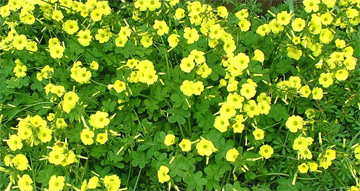The whole question of becoming more resilient always seems
to start with growing our own food. With good reason, since without water and
food, everything else is eventually moot.
But I am not a gardener. And no matter how many times I have
tried, I have not learned to enjoy growing plants, or gotten any better at it.
I often believe in a natural division of labor. It certainly
worked for my late wife Trish and I: I built her gardens, she grew stuff in
them, I cooked the stuff, and together we ate it. (And evaluated my
experimental recipes for disposing of the inevitable garden excess, such as the
Twenty Pounds of Green Tomatoes Salsa.)
We were both seriously satisfied, and grateful to each
other. I still can see Trish bent over in between her rows of plants, happy,
involved and grounded in a way I never understood. I enjoyed helping her
harvest, but she was nourished by all the parts of gardening.
(So much so that I got Trish her own chipper shredder for an
anniversary present, and she was deeply pleased. Now she could make her own
mulch!)
Well, I am not nourished by gardening. It actually drives me
a little crazy. Which is why it will not be one of my contributions to
resilience.
Because I have realized that I work best in a 1:1 ratio of
physical work and result. When I lift up a big rock and carry it across the
yard, I am happy that it stays put until I choose to move it again. When I cut
a board and nail it to another board, I am truly pleased that they stay
together, unless I screwed up and need to redo the joint. When I demolish a
wall, I am so satisfied that the drywall and lathe and plaster stay in the
debris bags and don’t climb back onto the walls overnight.
My experience of gardening is that crook neck squash that
you spend weeks growing, that look so healthy and perfect for picking tomorrow,
can become shriveled gray blobs by dawn. That when you (naturally) fertilize
and feed your soil, oxalis invites itself to the feast, turning your garden
green--but not in a fun way. That your
hours of weeding are rendered useless as soon as you water your garden again,
given the regenerative capabilities of oxalis. And that basically, nature loves
a stockpile, so the more you grow, the more bugs and slugs and invader plants
and fungus and deer and not-so-cute-bunnies come to eat it and undo all your
work.
Please believe me. I know we need to grow our own food, and
that gardening is a challenging, essential task for resilience.
But it isn’t going to be my challenging, essential task.
***
So as part of this project, I will be blogging about my
search for how my passions and skills can be as effective and useful as growing
food.
Because I can’t be the only terminally non-gardening person
concerned about self-reliance and resilience.
Right?

